The breed of the 21st century, Pugs are charming little companion dogs belonging to the toy group.
The canine is well suited for lives in apartments and its tiny body with profoundly lovely eyes will take your heart away.
Pug temperament is of a calm and playful dog just like any other dog of its size.
The popular Chinese dog is a breed you should read about.
Table of Contents
Quick Facts

Avg. Weight: 14-18 pounds
Avg. Height: 10-13 inches
Life Expectancy: 13-15 years
Dog Group: toy group
Colors: fawn, apricot fawn, silver fawn, and black
Other Names: Dutch Mastiff, Chinese Pug
Dog Rank: 28/193 (United States of America)
At A Glance
- Size (2/5)
Compact in its size the Pug belongs to the toy group of dogs.
It is a tiny sized dog weighing not more than 18 pounds and 13 inches in height.
The handiness of the dog has made it a popular lapdog.
- Affection Level (5/5)
The affection of the dog with all kinds of people and animals is commendable.
The breed is extremely happy when with its family and loves them from the core of the heart.
- Apartment-Friendly (5/5)
In a few of the dogs who are adjustable to living in apartments, the Pug will rank the highest.
They are very comfortable living in apartments as the size of the dog is not an issue.
- Cold Weather Tolerability (2/5)
This little dog with a smooshed nose will find it difficult to live with an owner residing in cold places.
They require moderate climates for healthy growth.
- Hot Weather Tolerability (1/5)
Hot weather tolerability is low in this breed.
Reasons being its breathing problems because of a flat nose.
Due to this reason, the dog breed is discouraged to exercise or play outdoors during the summers.
Keep the dog indoors and cool during the summer.
- Barking Tendencies (2/5)
Pugs are the dogs that bark less as compared to other large size dogs.
They do bark, but not as much that would disturb the neighborhood.
- Cat-Friendly (4/5)
You will be happy to know that your Pug dog will be enormously friendly with cats if at all you own one.
The breed’s friendliness comes in all forms, cats being one of them.
- Dog-Friendly (4/5)
Have you ever seen a Pug around other Pugs?
You must because that is a delightful watch.
Pugs are amazingly friendly around other dogs.
- Exercise Needs (3/5)
Just like all other breeds, Pug too has some basic exercise requirements.
But that does not mean that they require heavy agility and fitness workouts.
Some 30-60 minutes of exercise is all they would require.
However, if this does not happen, your little Pug dog can be prone to obesity.
- Grooming Needs (5/5)
If you are on the verge of adopting a Pug for yourself, let me tell you something you ought to know.
The Pug dog is someone who sheds a lot.
You will require a medium bristle brush to comb the thick coat of your friend.
Their nails need to be trimmed regularly and brushing of teeth daily is a must.
- Playfulness (5/5)
Little Puggies are loving and playful.
They would adore the time you give in to them for playful activities.
Their playfulness is five on five for all the reasons one would own them.
- Trainability (3/5)
Dog training is essential to keep the dog in mannerism.
Pugs aren’t the breed that would deny training as they are people-oriented dogs and would do anything to please them.
But they can get stubborn at times and you will need to treat them while training.
- Intelligence (2/5)
Do not expect a bag full of intelligence when your Pug can just offer some in its tiny paws.
The breed is not really a very intelligent dog.
However, time and again they have shown their smartness in a positive way.
- Mouthiness (2/5)
The breed is up for some drooling and friendly licks but not to a large extent.
The mouthiness of the breed varies from dog to dog.
- Price Group (3/5)
The apartment friendly pet dog ranges in between $500-$2,000.
The price hikes due to its popularity on screen over the few years.
About Pugs
- Puppy:
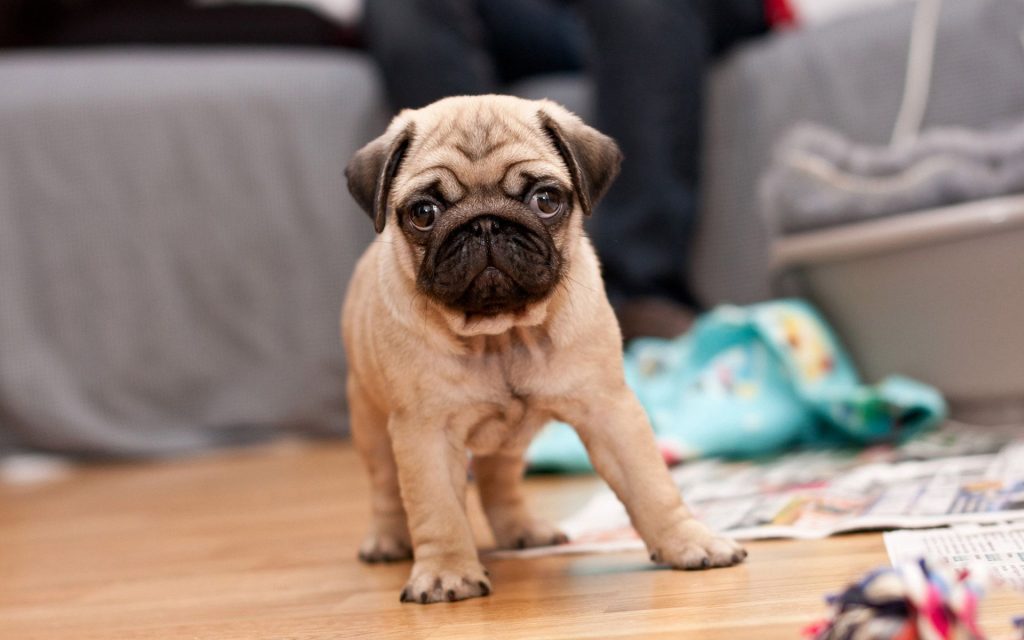
Pug puppies are curious little creatures who would like to take everything and anything in their mouth.
In the puppy phase, Pugs spend most of their time taking peaceful naps around the corners of the house.
They weigh about 1-2 lbs and the height is in proportion to its weight.
Pug puppies are a delight to hold and watch.
- Adult:

Adult pug dogs grow to their fullest size within a year or two.
They spend most of their time playing and eating stuff that can make them fat and lazy.
As adults, they grow to the size of 13 inches and 18 pounds.
Where Pugs Came From?
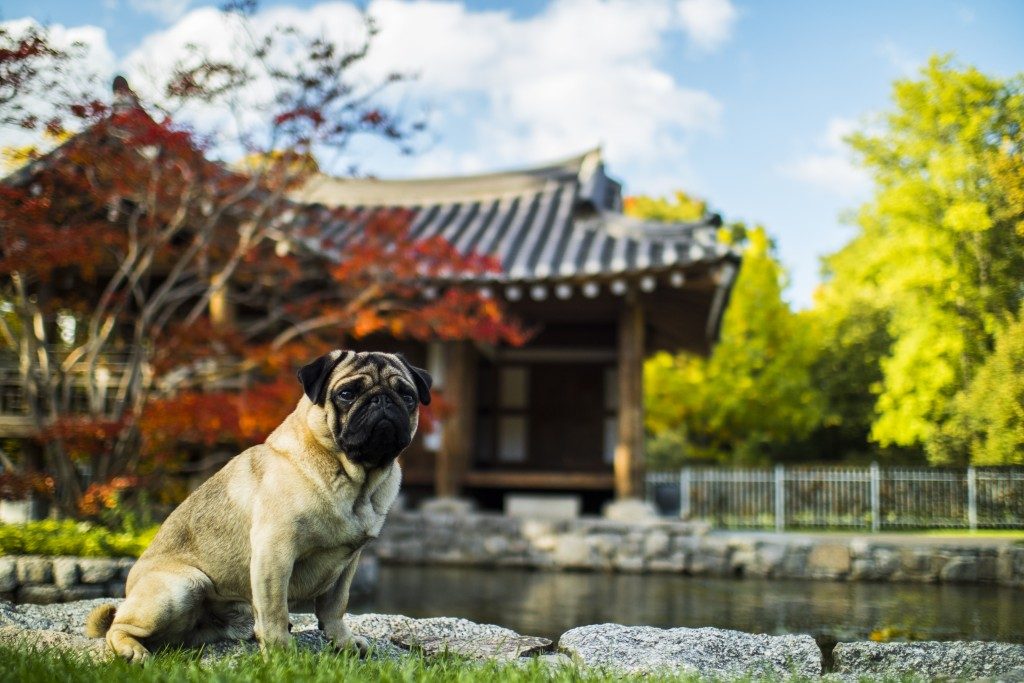
The Pug belongs to China.
The breed was a popular companion dog is the ruling Chinese families.
Several paintings of the Chinese empire will show the Pug in comfortable postures positioning it on the laps.
The dog breed lived in royalty in the Chinese courts and the nobility was such that they were looked upon by the soldiers.
The name of the breed “Pug” is derived from a Latin word Pugnusthat means a balled up fist that is similar to the dog’s flat nosed wrinkled face.
The dog became popular all across the continent and soon left its footprints over the globe.
Size

The toy group dog is recognized for its size wherever it goes.
People living in apartments prefer the dog breed where you will not even know that the Pug is occupying any space.
They grow to an average size of 13 inches in height and 18 pounds in weight.
If you ever notice a Pug dog you will see the fluffy stomach that looks adorable with the round button-shaped eyes and ears that drop down.
The dog is round and bulgy.
Trainability

The dog is a people-oriented breed.
They would want you to play with them for most of their time.
Training a Pug dog comes with certain pros and cons.
Training is easy till the time your little dog is in the mood to play and learn.
Once the dog adopts the stubborn nature, training gets difficult.
Training like obedience training, potty training is essential to be taught at a young age.
Grooming
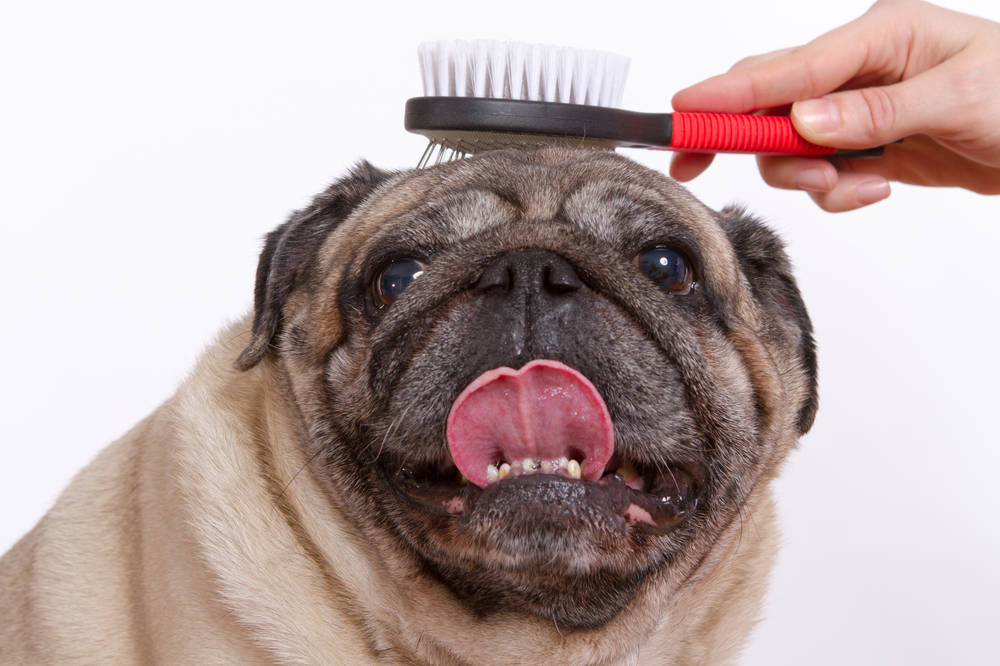
Little will be its size, but little is not what they shed.
The Pug dog is someone who will force you to keep the house clean every now and then.
As a Puggy owner, use a medium bristle size brush for the removal of excess hair from the dog’s body.
Trim the nails regularly to avoid skin cuts on yourself.
Brush the teeth of your tiny pooch to keep him away from cavities and unwanted odor.
Grooming this canine is a tough process as the breed comes with a double lustrous coat that is stuck close to the skin.
Common Diseases
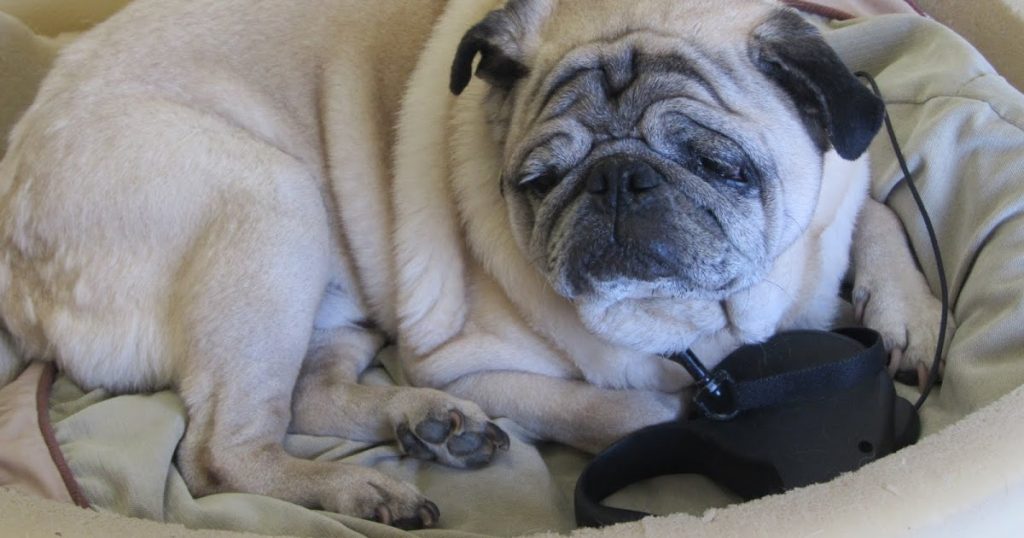
TARGETING THE NASAL CAVITY
- Elongated Palates
The smooshed face of the miniature Pugs is an invitation to many breathing problems.
The Elongated palate is a condition where the air passage in dogs is partially blocked.
This causes breathing difficulties and can lead to serious consequences if left untreated.
- Reverse Sneezing
Also called as the inspiratory paroxysmal respiration, reverse sneezing is a phenomenon that causes nasal irritation due to allergies.
The canine is will show signs of long inhalation and snorting sounds.
However, reverse sneezing is a normal thing in these brachycephalic breeds and it can be treated at home.
- Stenotic Nares
Stenotic nares is a disease prone to dogs with short noses.
The nostrils are pinched and the breathing gets difficult along with snorting sounds.
Your dog’s vet will be the best person to advise the right medication.
TARGETING THE BONES
- Hemivertebrae
The spinal cord is formed with several vertebrae.
Malformation of the same would lead to hemivertebrae in dogs.
The condition can get so worse that it can lead to paralysis.
- Patellar Luxation
Patella is a bone around the knee of the Pug dog. It has three parts.
When all these three parts aren’t lined up in order and make a different movement, it causes patellar luxation in dogs.
The disease affects the dog in a way that gives it a bowlegged appearance.
- Hip Dysplasia:
Hip dysplasia is an inherited disease in Pug dogs.
Before owning a Puggie, one must do a thorough check of any history of hip dysplasia as it is obtained genetically.
Hip dysplasia can cause severe pain to the dog in one or both the hips.
This would restrict their walking and jumping activities.
Adding to this, obesity can worsen up the situation by exerting more pressure on the hips in the form of weight.
Although it is a genetic disease, the right care from the early weeks of the Pug puppy can help prevent it.
If not, it can lead to dangerous conditions of arthritis.
FACT-ILLICIOUS: In the year 2010, 64% of the dogs diagnosed with hip dysplasia were Pugs making them the 2nd most infected dog breed out of 157 breeds in total.
- Legg-Perthes Disease:
Legg- Perthes Disease involves sudden degeneration of the head on the femur bone, located in the canine’s hind leg.
Your pug pooch can be seen limping and moving around in pain.
This degeneration can cause severe problems of arthritis in dogs.
- Nerve Degeneration:
It is a disease the affects the spinal cord of older Pug dogs.
If your dog is seen dragging its body or wobbling while walking, he/she is likely to be suffering from degenerative myelopathy.
Aging dogs have higher chances of suffering from this disease.
This disease is a condition where older dogs develop problems in the spinal cord and the affected part of the dog loses sensation.
TARGETING THE SKIN
- Demodectic Mange:
According to experts, the disease is caused by microscopic mites.
The mites are of no harm till the time the dog’s immune system is functioning well.
Infected dogs may shed hair and the canine’s vet may suggest certain shampoo that can be used to treat the skin problem.
TARGETING THE EYES
- Proptosis:
Also known as eye displacement, Proptosis in dogs is a condition that forces the dog’s eye to move forward.
The problem is a threat to your canine’s vision from head trauma.
Any signs of eye scratching and irritation need the vet’s attention.
- Entropion:
Entropion is a genetic disease.
It leads to the folding of the eyelid internally which gives a lot of uncomforting irritation to the dog.
Scratching over the same would lead to corneal ulcers.
- Corneal Ulcer:
The cornea is a membrane that covers the outer most part of the eye.
Corneal ulcer is a condition where the dog would scratch its eyes that cause irritation.
The most common cause of corneal ulcers in canines is trauma.
- Eye Prolapse:
Popularly known as the cherry eye disease, is a condition where a cherry like a mole is formed in the corner of the Pug dog’s eye.
This mole is excessively painful to the dog and causes irritation.
- Skin Folded Dermatitis:
Your Pug dog is a breed most likely to have skin folded dermatitis.
The skin of the Puggie tends to fold inward and cause pain with unnecessary bacteria formation.
Although the disease is not inherited, it is seen only in certain breeds.
- Keratoconjunctivitis Sicca:
Grey thick mucus is a discharge that is usually formed due to the disease named keratoconjunctivitis sicca or KCS in the Pug dog.
The disease attacks the immune system of a canine which stops the tearing.
Due to this, the body produces thick grey colored greasy mucus to lubricant the eye.
This discharge may force your dog to constantly rub its eyes due to the retinal irritation.
Taking the right treatment from the vet can avoid ulcers and chances of severe damage and blindness.
- Distichiasis:
Distichiasis is a disease that causes the growth of extra eyelashes at the eyelids.
Timely treatment can protect the eye of the Pug from watery eyes, excessive tearing, eyelid pain, and irritation.
TARGETING THE NERVOUS SYSTEM
- Necrotizing Meningoencephalitis:
Necrotizing Meningoencephalitis is a neurological disorder in Pug dogs.
The disease was only seen in this breed and is also known as pug dog encephalitis.
The pooch can show signs of fever, back pain, limb weakness, etc.
Unfortunately, the disorder has no cure.
TARGETING THE BODY
- Obesity:
Over-fed and under-exercised Pug dog can gain excessive weight leading to obesity.
Excessive body weight can exert pressure on the legs making a Pug dog lazy.
FEEDING
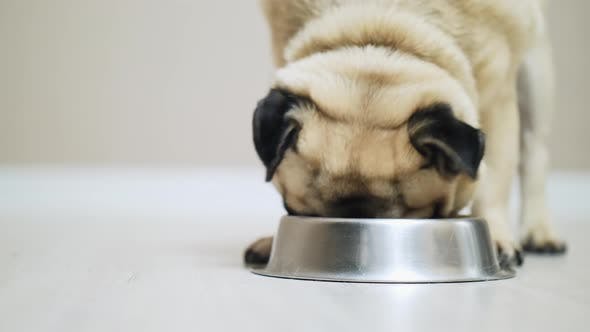
You Pug’s food will include all that is more in protein and vitamins and less in fats and carbohydrates.
Make sure that the protein intake consists of more meat protein than grain protein as the dogs are carnivorous and digest meat easily.
Four meals a day should be a standard schedule.
Feeding the dog several times during the day can lead to obesity.
Following is a list of food items that should and should not be included in the Pug dog’s diet.
TO INCLUDE
| Whitefish | Walleye |
| Pork | Beef |
| Carrots | Lamb |
| Chicken protein | Salmon |
| Herring | Bison |
| Butter beans | Tuna |
| Yogurt | Pumpkin |
| Cheese | Peas |
| Turkey | Kidney beans |
NOT TO INCLUDE
| Garlic | Grapes and raisins |
| Caffeine | Alcohol |
| Avocado | Chocolates |
| Whey or wheat | Onion |
| Sugar | Undeveloped eggs |
| Salt | Barley |
| Corn products | Shallots |
| Oats | Rice |
Suggested: Senior Dog Food
Vaccination And Care

The most important step after welcoming home a Pug puppy is to get him/her vaccinated.
Late puppy vaccinations are a risk you mustn’t take and your dog vaccination schedule needs to be on track.
Note: Combination vaccines include distemper, hepatitis, parainfluenza, parvovirus, leptospirosis, coronavirus and adenovirus.
The following is a vaccination schedule chart that needs to be given to the canine on the advice of your veterinarian.
VACCINATION
- 5 weeks: Parvovirus Vaccination
- 6-9 weeks: Combination vaccine excluding leptospirosis. Coronavirus vaccine is optional.
- 12 weeks and after: Rabies vaccination (compulsory)
- 12-16 weeks: Combination vaccine including Lyme disease. Leptospirosis and coronavirus are optional.
- 1 year and later: Booster shots.
Suggested: Guide To Dog Vaccination
CARE
The Pug dog requires special care when it comes to its skin and eyes.
The eyes are very sensitive and you will require cleaning them daily with a wet cotton/cloth.
Keep the dog hydrated at all times and do not make the dog play and exercise in extreme conditions because of its inability to breathe easily.
Monthly Expense Estimation
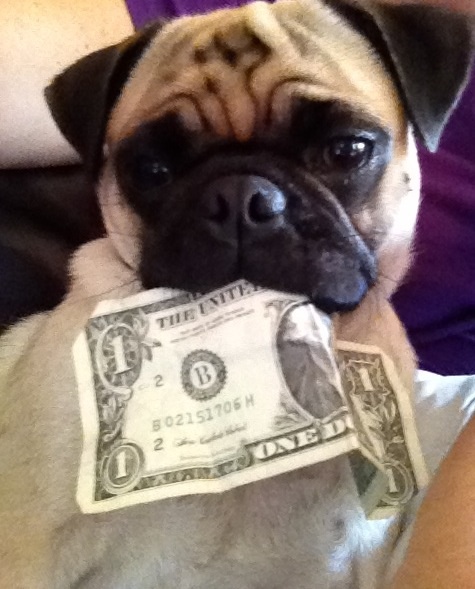
- Initial cost
The popular Pugs range up to $500 to $2,000 in the United States of America.
The price hike is due to its popularity as an amazing apartment dog breed.
- Veterinarian
Regular vet check-ups can cost you about 100 to 200 dollars per month.
This may include injections and medicines your Pug may require on a daily basis.
- Feeding
The dog breed lives to eat and monthly expense on feeding would be around $50-$70.
- Snacks
You need to consider the treats your dog requires every time it gets into its stubborn nature.
You will drain nothing more than 20 dollars for the same.
- Grooming
Brushing, nail trimming, and dental cleanliness may cost up to 50 dollars per month.
Behaviour With:
Children

Your children would love to have a Pug dog at home and vice-versa.
The dog breed is a lover of kids and they like spending time playing with them.
Dogs

The dogs that get well with other dogs.
Yes, Pugs are the breed you were looking for to get along with other dogs in the house.
They are friendly to all animals of their size.
Cats
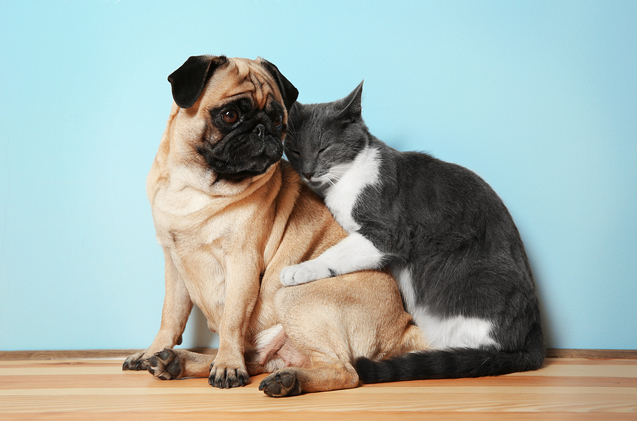
Just like dogs, the breed extends its friendliness to cats as well.
They tend to fight but cuddle too.
Overview
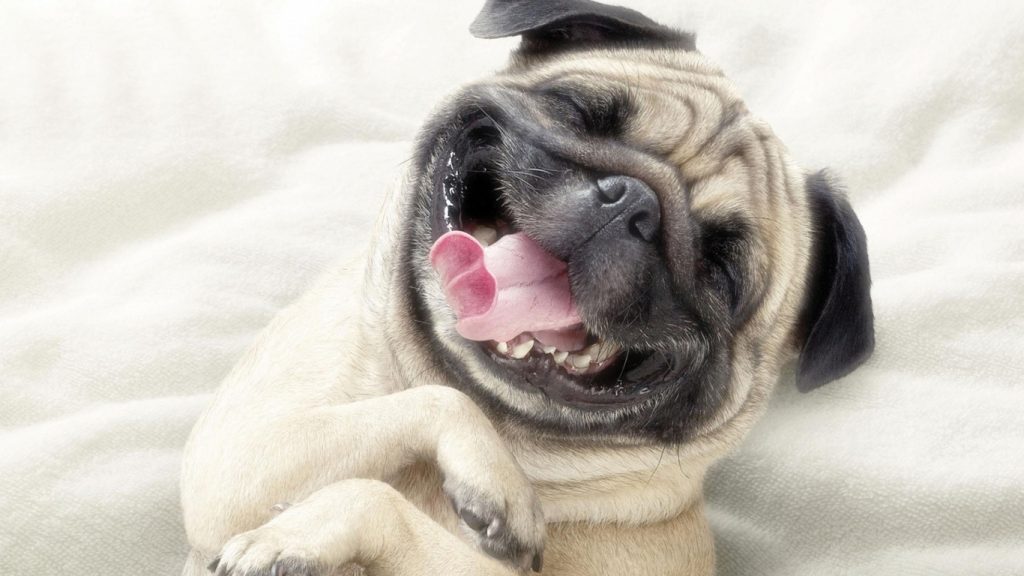
The incredibly friendly Pugs are one of the most preferred apartment dogs across the world.
They have proved their worth as companion dogs not only in normal household but in several king courts as well.
They come in 4 different colors that are apricot fawn, silver fawn, black and most popular ones in fawn.
The smooshed nose of the dog may look cute but it has several health problems that come along with it.
The reason why several cargos and commercial airlines have banned the breed from traveling with them.
The step was taken after the death of many dog breeds with a flat tiny nose.
Something Fun About Pugs!
- Cheeka: The Vodafone Dog
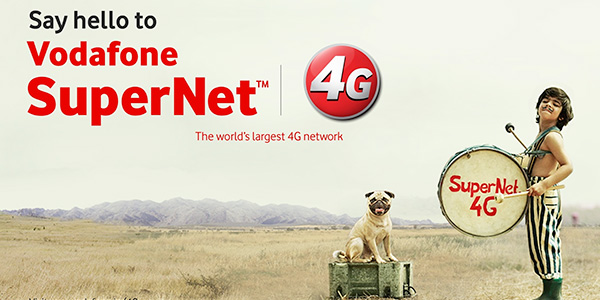
In the year 2003, a popular campaign of the dog named Cheeka featured in the ad campaign of Vodafone India.
The dog in the campaign was a Pug who traveled all over with a little boy who appeared to be his friend.
The ad gave the dog breed overnight popularity and several households started adopting the breed in their homes.
- Pompey: The Dog Of The House Of Orange
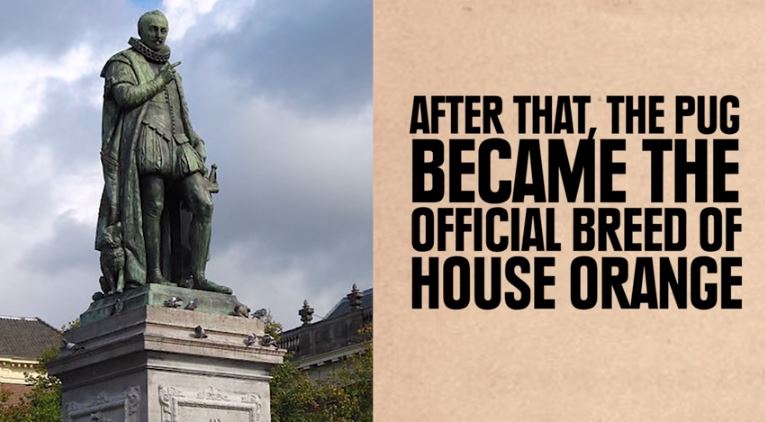
Pompey was a Pug dog who lived with the prince of Orange in Holland.
The dog alerted his master when the kingdom was about to be attacked by Spanish invaders.
The dog’s presence of mind and smartness made Pompey the official dog of the empire a statue of it on the foot of Prince William is engraved in remembrance.
- Dog Owner’s Corner

Pugs are really adorable round-faced dogs.
A pug owner will be the best to tell you how the inner beauty of the dog has mesmerized them.
Own a Pug today, but before buying it from a breeder; consider adopting a little homeless one.
All we had from our corner. We open to all your suggestions and incidents with the breed.
Write down to us in the comment section below.
Pets up for a lovely life!













[…] Puggle is a beagle mix cross-breed of a beagle and a pug. […]
[…] Pug […]
[…] What you can get more desirable than a Pug is get more two of […]
[…] They are also the most known and favorite burger spots in Atlanta. Whether you have a Bernard or a pug, dogs of all sizes and breeds are welcome […]
[…] 10. Pug – ₹15000 – ₹25000 – 3:37 https://dogisworld.com/dog-breed/pug/ […]
[…] miniature dogs like Pugs, Dachshunds, and Poodles are at a higher risk for having […]